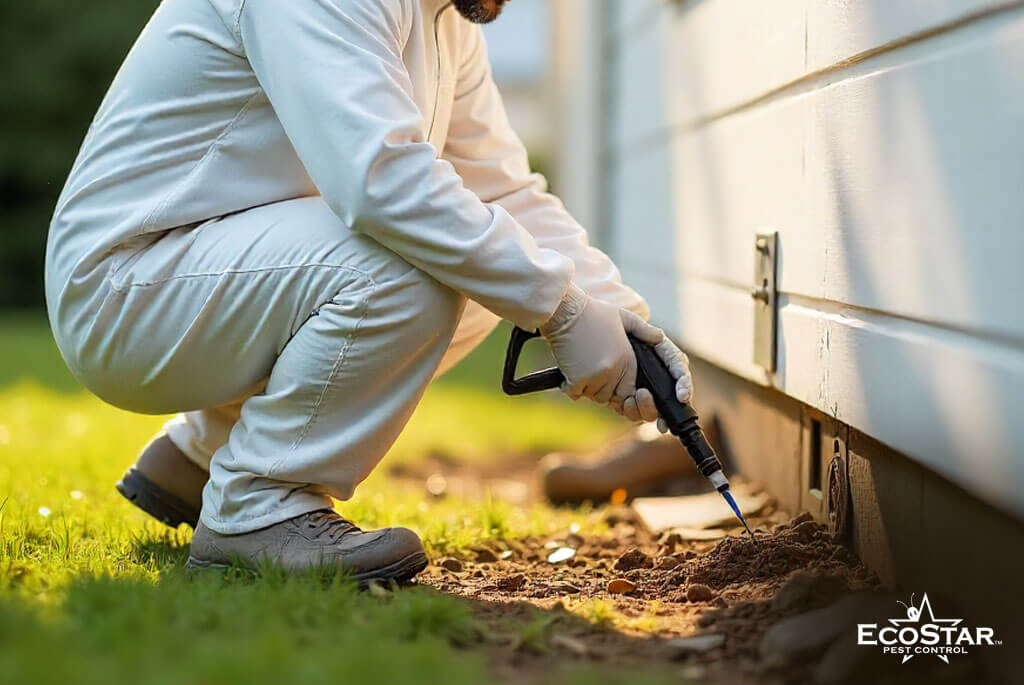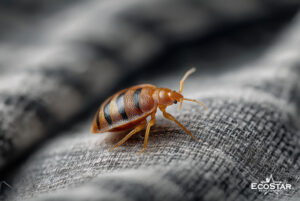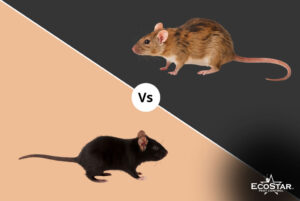Table of Contents
If you’re a homeowner in Texas, termite trouble isn’t something you can afford to ignore. Around here, it’s not a rare problem, it’s something we deal with all the time. And I’ll be honest with you, once termites get into your home, they don’t slow down. They don’t sleep, they don’t stop, and they won’t go away unless you do something about it.
I’ve seen it too many times, folks ignoring a few warning signs, then calling us months later with damaged walls and hollow beams that could’ve been avoided. So in this post, I’m going to walk you through the termite treatment options that actually work here in Texas. No fluff. Just straight answers from someone who deals with termites every day.
Why Termite Protection Matters in Texas
Here in Texas, we deal mostly with subterranean termites. These insects build colonies underground and come up through the soil looking for food, which, unfortunately, is your home’s wood framing.
They’ll slip in through tiny cracks in the slab or crawlspace and start feeding on your walls from the inside out. A lot of the time, most homeowners don’t even realize termites are inside their walls or chewing through their furniture until the damage is done.
So if you’re reading this and wondering if it’s time to do something about termites, you’re probably already behind. But the good news is, you’ve got solid options to stop them.
Option 1: Liquid Termite Treatments
This is one of the most common treatments we use, and for good reason. We dig a trench around the foundation, treat the soil with a professional-grade termiticide, then refill it. It basically stops termites dead in their tracks before they ever reach your home.
It doesn’t just kill the ones trying to get in. It wipes out any that are already inside too, because when they head back to the colony, they bring the termiticide with them.
Useful Resource: 8 Fire Ant Control Tips Every DFW Homeowner Should Know This Summer
When do we recommend it?
If you’ve got no signs of termites yet and want strong protection for the long run, liquid treatment is a smart move. It’s also great if you’ve had termites before and don’t want them coming back.
Option 2: Termite Bait Systems
This method is more about targeting the entire colony. We install bait stations in the ground around your home. Termites find the bait, eat it, and carry it back to the nest, where it slowly kills off the rest of the colony.
It’s slower than liquid treatment, but incredibly effective, especially when we know there’s an active infestation nearby.
When do we recommend it?
If you’re already seeing termite activity, or your neighbor just had a termite issue, bait systems are a smart, long-term approach. It’s also good for folks who want less chemical use around the property.
Option 3: Wood Treatments
This one’s a bit more situational. If you’re building a new home, remodeling, or have exposed wood in attics or crawlspaces, we can apply borate-based treatments directly to the wood. It soaks in and makes the wood inedible to termites.
When do we recommend it?
New buildings or renovation projects. It’s not something we use often on existing infestations, but it’s great as a second layer of protection.
What About Fumigation?
People ask about this all the time because they’ve seen the tents on TV. But here in Texas, we rarely need to fumigate. That’s usually for drywood termites, and those are more of a problem in coastal states. Our main concern is subterranean termites, and for that, soil treatments and bait systems are much more effective.
So, What’s the Best Termite Treatment for Your Home?
There’s no one-size-fits-all answer. Every home is different. We always tell folks the best place to start is with an inspection. Let a professional check for signs of activity, see how your home’s built, and understand the risk level.
At EcoStar Pest Control, we don’t show up and start spraying chemicals everywhere. We take our time, walk the property with you, and explain what we’re seeing in simple terms. Then we help you pick the treatment that makes the most sense for your home and your budget.
Further Reading: 8 Summer Pest Control Tips for Dallas Homeowners
FAQs About Termite Treatment in Texas
How do I know if I have termites?
You can walk around your place and look for mud tubes along the foundation, wood that sounds hollow when you tap it, or even tiny wings near the windows. Not sure what you’re looking at? Just give us a call and we’ll come check it out.
Are these treatments safe for my family and pets?
Yes. We use EPA-approved products, and we’re careful with where and how we apply them. Your safety is our top priority.
How long does a termite treatment last?
Liquid treatments can last 3 to 5 years, depending on the product and your soil. Bait stations should be monitored regularly, usually once a quarter.
Is DIY termite treatment worth it?
Honestly? Not really. Most over-the-counter stuff just kills what you can see, not the colony. Without the right tools and knowledge, you’ll just waste money and time, and the termites will keep on chewing.
How much does it cost to treat for termites in Texas?
Prices vary depending on your home size and the treatment needed. But I can tell you this: termite damage costs more than termite protection. We always offer honest quotes and clear pricing before we do anything.
Final Thoughts
Termites are sneaky, destructive, and a real pain for Texas homeowners, but they’re not unbeatable. Whether you’ve seen signs of activity or just want to stay ahead of the problem, we’ve got your back.
Give EcoStar Pest Control a call. We’re local, we’re experienced, and we treat your home like it’s our own.
Schedule your termite inspection today and let’s protect what matters most, your home.
Related Pest Control Services in DFW:
Termites aren’t the only pests that put your Texas home at risk. At EcoStar Pest Control, we also specialize in:



